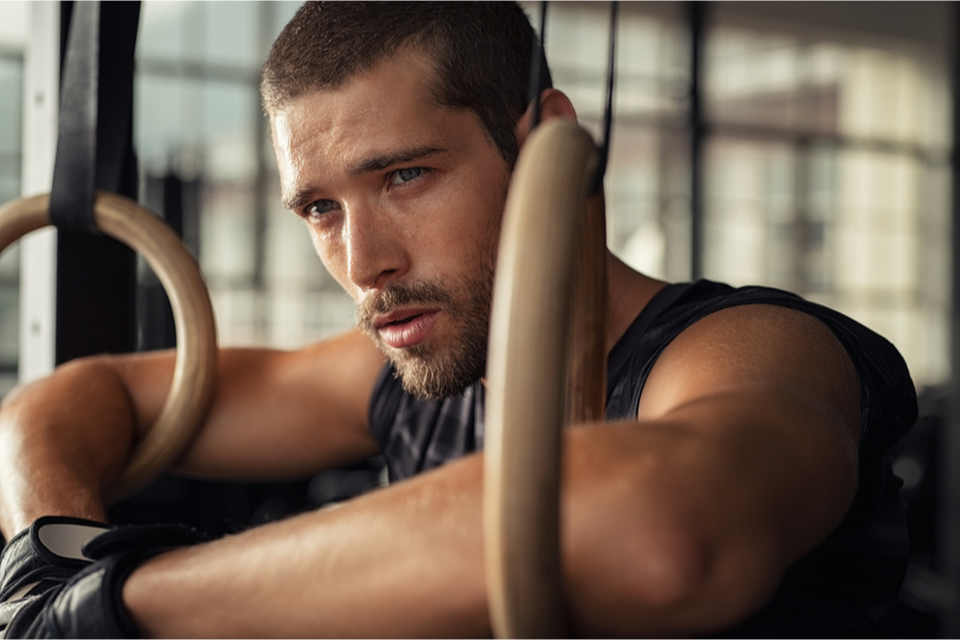Crunches, crunches, and more crunches. As a physique-minded fitness enthusiast, do you train your abs every day? Even if crunches aren’t your go-to, chances are you include ab work. Ab work requires bending your spine into flexion over and over again. This repetitive motion, however, creates a problem for our spines.
Imagine your spine as a ship’s mast, the abdominal muscles as a front guidewire, and your low back muscles as a trailing guidewire. What will happen to the backside if you keep pulling on the front side?
Over time, the repetition leads to spine imbalances. This imbalance affects the muscles and all the cushions (called discs) in between each vertebra. Your spine also gets stiffer and stiffer, as mobility work leads to diminishing gains.
While many of us have learned that “feeling your back” is bad, this is a misconception. Feeling your back perform different movements usually doesn’t equate to damaging your spine. The yoga upward dog presents a great low back mobility solution to help counter-balance all of your abdominal work. The key to feeling the appropriate sensation in your low back versus pain lies in the technique.
Follow these steps to safely gain low back mobility with the yoga upward dog:
-
Start face down with your hands under your armpits, just like you are about to do a pushup.
-
Before you move, “plug your shoulder blades in.” Do this by drawing your shoulder blades down, away from your ears, as if you are trying to put them into your back pockets.
-
As you move up into upward dog, think about the length of your spine. Try to lengthen your head and tailbone as far away from each other as possible.
-
Focus on lengthening your spine with your shoulder blades moving down away from your ears, as opposed to the height of the upward dog pose. Sensation in your low back is OK, but please stop short of pushing through pain.
-
Hold for 3-5 breaths. How many times?
Use the yoga upward dog to help rebalance your spine mobility right after your next core workout. However, if you have a low back fracture, spinal stenosis, or other medical conditions affecting your low back movement, be sure to check with your doctor on appropriate exercises before trying the yoga upward dog.
*Photo credit: Meredith Butulis, the author, demonstrates the yoga upward dog pose, photo by James Patrick.
-------------------------
ABOUT THE AUTHOR: Dr. Meredith Butulis, creator of the ISSA Fitness Comeback Coach Certification (online), is a Sports Medicine Physical Therapist, NSCA Certified Strength and Conditioning Coach, ACSM Certified Exercise Physiologist, NASM Certified Personal Trainer, and Precision Nutrition Certified Nutrition Coach in practice since 2002. She consistently walks the talk as a fitness, physique, and OCR world-level competitor and lifestyle transformer since 2006, celebrating many wins along the way. Want more total fitness lifestyle inspiration and interaction? Follow Dr. Meredith on Instagram @Dr.MeredithButulis, YouTube on the “Fitness Comeback” Channel, or join the free “Fitness Focus Fuel” Facebook Group.









